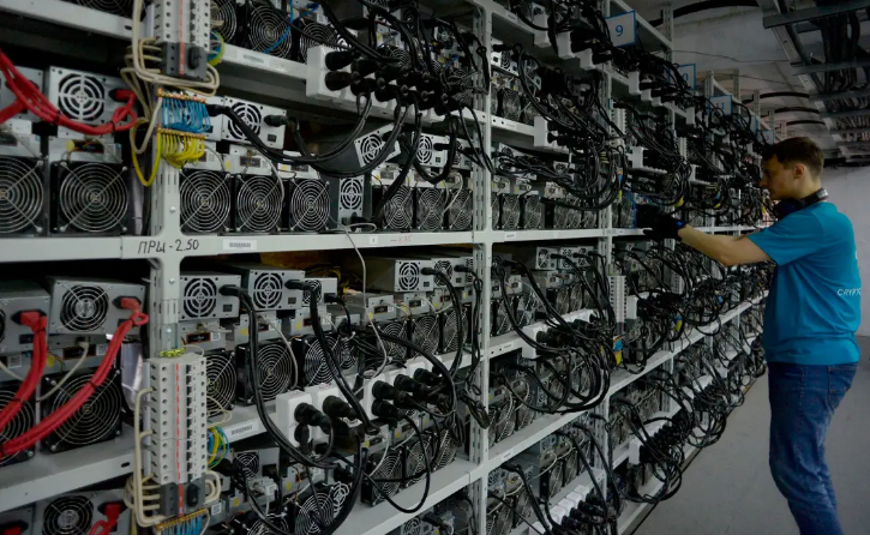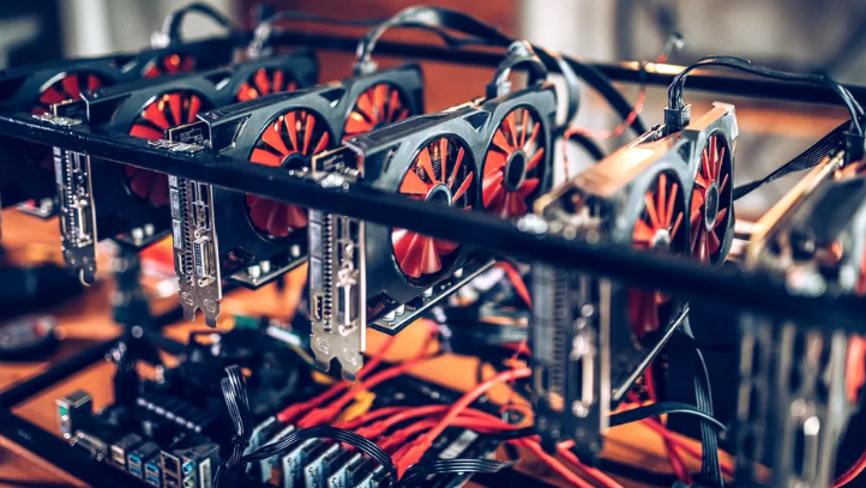What Is Bitcoin Mining?
Bitcoin mining is the way in which new coins are added to the existing supply of the cryptocurrency known as Bitcoin (BTC).
These transactions are confirmed by the network and represent a critical component of the maintenance and development of the blockchain ledger.
Cryptocurrency mining is attractive to many investors interested in cryptocurrency and the most profitable are able to do it on a large scale incorporating an industrial mindset.
Granted, the units of economics of crypto mining have suffered in the short term because of spiraling energy costs.
But Crypto always ebbs and flows from crypto winters to crypto summers.
How Do I Mine Bitcoin?
Mining Bitcoin is not for the faint of heart.
Your computer must solve complicated math problems that verify transactions in the currency.
When a bitcoin is successfully mined — the miner receives a bitcoin.
One can use a normal computer that has a CPU, motherboard, RAM, and storage to mine bitcoin.
The only difference and the most important requirement here is the graphics processing unit (GPU) or the video card.
A high-performance GPU is a must if a person wants to mine Bitcoin.
Bitcoin mining is done using hardware called ASICs that is short for Application-Specific Integrated Circuits.
Another obligatory requirement is electricity for mining machines.
The largest bitcoin miners are usually found in countries with low-cost electricity.
Miners need robust infrastructure to mine mainly energy and equipment.
How do I do it at home?
A company called Compass Mining is betting that individuals will want to partake in bitcoin mining.
There’s a lucrative payout — if you’re lucky enough to mine a coin.
But the hassle of operating a mining rig can certainly cut into profits.
Compass’ new retail program will allow the purchase of a single application-specific integrated circuit (ASIC) mining rig that they can set up at home.
Mining corporations usually buy in bulk — this finally gives the little guy a chance.
Brands include top-of-the-line ASICs WhatsMiner series from MicroBT and the Antminer series from Bitmain, offering 78 to 95 Tera hashes per second and ranging in price from $8,100 to $10,400.
Profitability calculators can help you estimate your potential ROI.
Rigs are noisy and hot so it’s not for everyone.
Potential miners really need to do their due diligence if they want that sort of environment in their house.
About the size of a desktop computer tower, they can emit between 50 and 75 decibels of noise, which is roughly the same level as a vacuum cleaner or a hairdryer.
Just like the work-from-home paradigm was borne out of the pandemic, many who want to mine bitcoin, wish to do it from the confines of their couch and man cave.
The demand for mining hosting sites in North America has been outstripping supply. Encouraging bitcoin enthusiasts to set up their own operations at home is one way to relieve the pressure on existing hosting infrastructures.
China has shown us their cards by initiating a blanket ban on cryptocurrencies opening up opportunities for alternative miners.
The crackdown nearly halved the mining difficulty for the entire Bitcoin network. Miners outside China have been able to mine more bitcoin given the record low mining difficulty, raking in high revenue.
Corporate self-mining companies, such as Marathon and Riot, as well as third-party hosting sites, are facing a shortage in infrastructure to support more mining operations.
Once crypto comes back, we will all laugh at how 2022 was an aberration for the crypto world.




